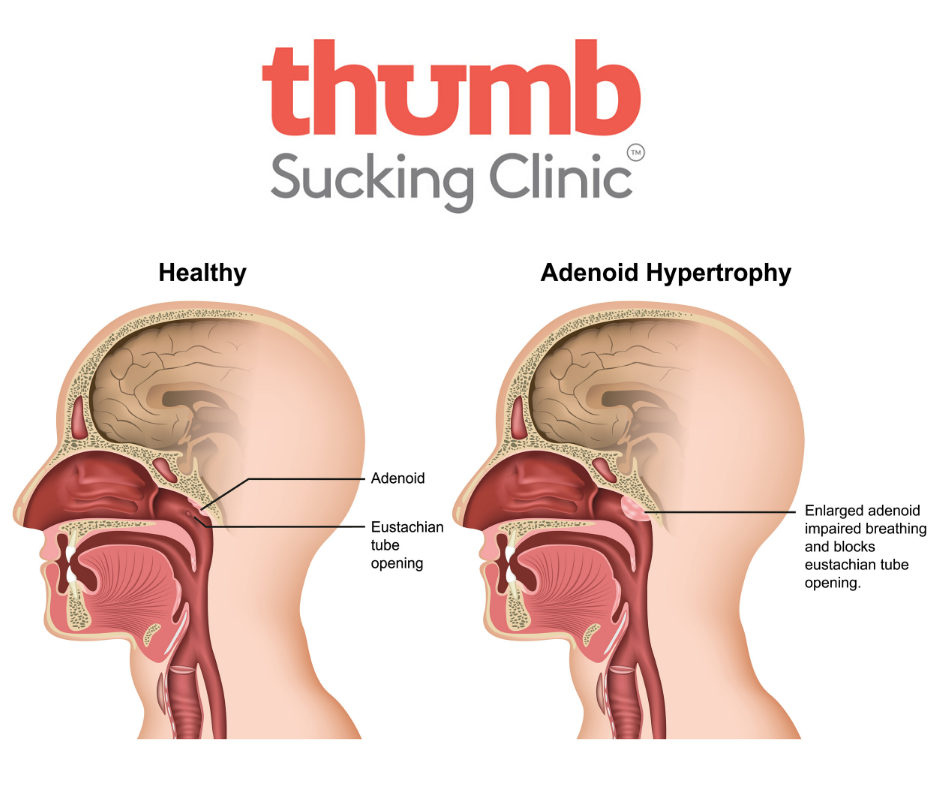Menu
WHAT ON EARTH ARE ADENOIDS AND WHAT SHOULD I KNOW ABOUT THEM?

WHAT ARE THEY?
The adenoids are lymphatic tissue glands located in the roof of the mouth, behind the soft palate where the nose connects to the throat.
Their job is to produce antibodies, or white blood cells, that help fight infections.
Like tonsils, sometimes they can grow large enough to restrict airflow through the nose and cause mouth breathing, snoring and sleep problems.
WHY WORRY?
The good news is, typically, even if they are enlarged, the adenoids tend to shrink during adolescence and may disappear by adulthood.
The bad news is, in the meantime, enlarged adenoids can cause issues in developing little children if they are restricting oxygen flow to the body and brain.
HOW DO LARGE ADENOIDS IMPACT MY CHILD?
The first five years of a child’s life are fundamentally important. Early experiences provide the base for the brain’s organizational development and functioning throughout life. Early brain development has a direct impact on how children develop learning skills as well as social and their emotional abilities.
If sleep and/or breathing is affected, then large adenoids obstructing a child’s airway can be detrimental at this critical stage of life.
Another key point is that children with large adenoids tend to grow longer faces. Research shows that because adenoids typically cause mouth breathing, these children are more likely to have narrow jaws and crowding also.
So with this in mind, for most kids, we don’t have time to wait until they “grow out” of their problems.
Here are a few signs that your child might have issues with their adenoids:
– snoring
– mouth breathing
– restless or poor sleep
– behavioural or emotional issues
– middle ear infections
But there are many more!
If you are concerned about your patient’s mouth breathing perhaps adenoids may be involved. So best to send them off to a medical professional like an Ear, Nose Throat Surgeon to get checked out.
After all, as health professionals, we are all part of the same team, caring for our patient’s overall health!
Carla 🙂
Share
Tweet
Share
Pin
